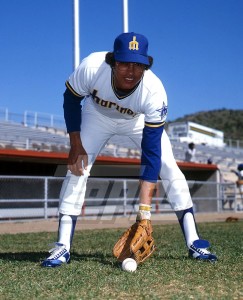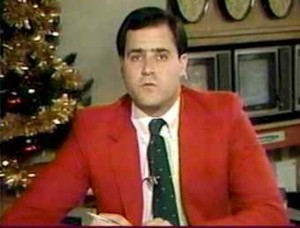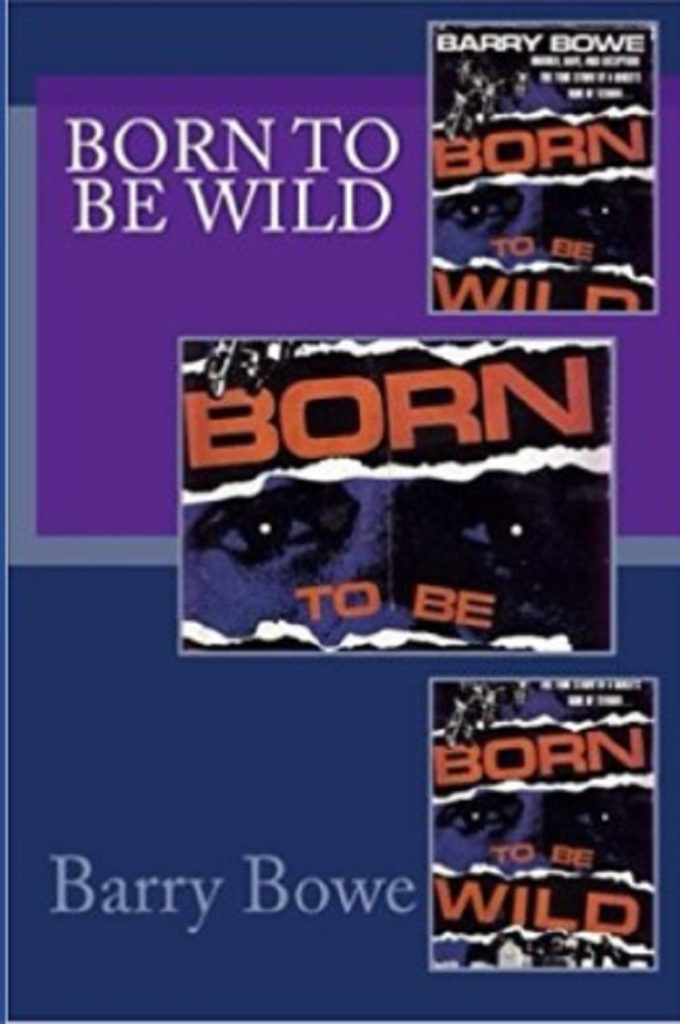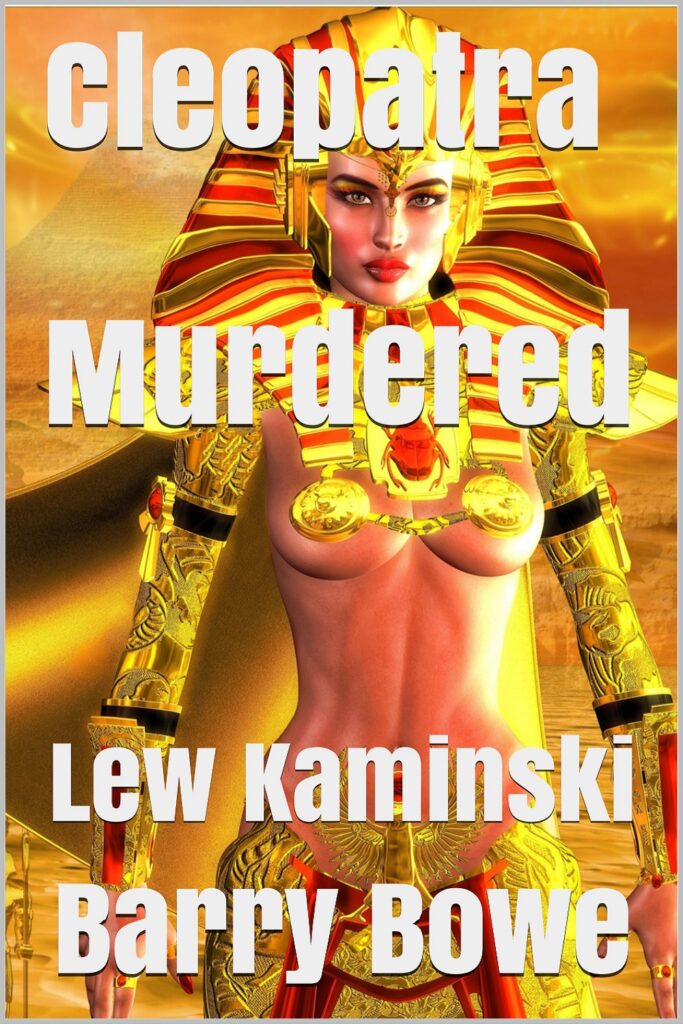 Like most sports-radio hosts lately, Marc Farzetta was discussing Chase Utley’s woes at the plate on WIP on Sunday night.
Like most sports-radio hosts lately, Marc Farzetta was discussing Chase Utley’s woes at the plate on WIP on Sunday night.
Prior to his pinch single against the Mets on Saturday, Chase Utley’s average had drooped to a dismal .099. This led to the subject of what exactly was the Mendoza Line. So I decided to look it up and here’s what I learned.
Mario Mendoza was playing shortstop for the Mexico City Diablos Rojos (Red Devils) of the Mexican League in 1970 when he drew the attention of a scout from the Pittsburgh Pirates. The scout signed the native of Chihuahua to an amateur free agent contract.
 Mendoza played in the big leagues for nine seasons with the Pirates, Seattle Mariners, and Texas Rangers as a good-glove shortstop who barely hit his weight – he weighed 170 pounds. With the Mariners in 1979, Mendoza’s glove was good enough to keep him in the lineup for 148 games even though his average hovered on both sides of .200 all year – he finished the season at .198.
Mendoza played in the big leagues for nine seasons with the Pirates, Seattle Mariners, and Texas Rangers as a good-glove shortstop who barely hit his weight – he weighed 170 pounds. With the Mariners in 1979, Mendoza’s glove was good enough to keep him in the lineup for 148 games even though his average hovered on both sides of .200 all year – he finished the season at .198.
The term “Mendoza Line” was born during May of that 1979 season. Here’s how Mendoza later described its birth:
“My teammates Tom Paciorek and Bruce Bochte used it to make fun of me. Then they were giving George Brett a hard time because he had a slow start that year, so they told him, ‘Hey, man, you’re going to sink down below the Mendoza Line if you’re not careful.’ And then Brett mentioned it to Chris Berman from ESPN, and eventually it spread and became a part of the game.”
 Chris Berman defers credit to George Brett.
Chris Berman defers credit to George Brett.
“Mario Mendoza — it’s all George Brett. We used it all the time in those 1980s SportsCenters. It was just a humorous way to describe how someone was hitting.”
Or in this case – how someone wasn’t hitting.
Mario Mendoz ended his career with a .215 lifetime batting average – hitting as high as .245 in 1980 and as low as .188 in his last season of 1982. But during that final season, he only played in 12 games and went to the plate just 18 times.
Since Mario Mendoza batted .198 during that 1970 season when the term originated, .198 is generally considered to be the demarcation of the Mendoza Line.
Barry Bowe is the author of Born to Be Wild, 1964 – The Year the Phillies Blew the Pennant, and 12 Best Eagles QBs.







Comments
No Comments